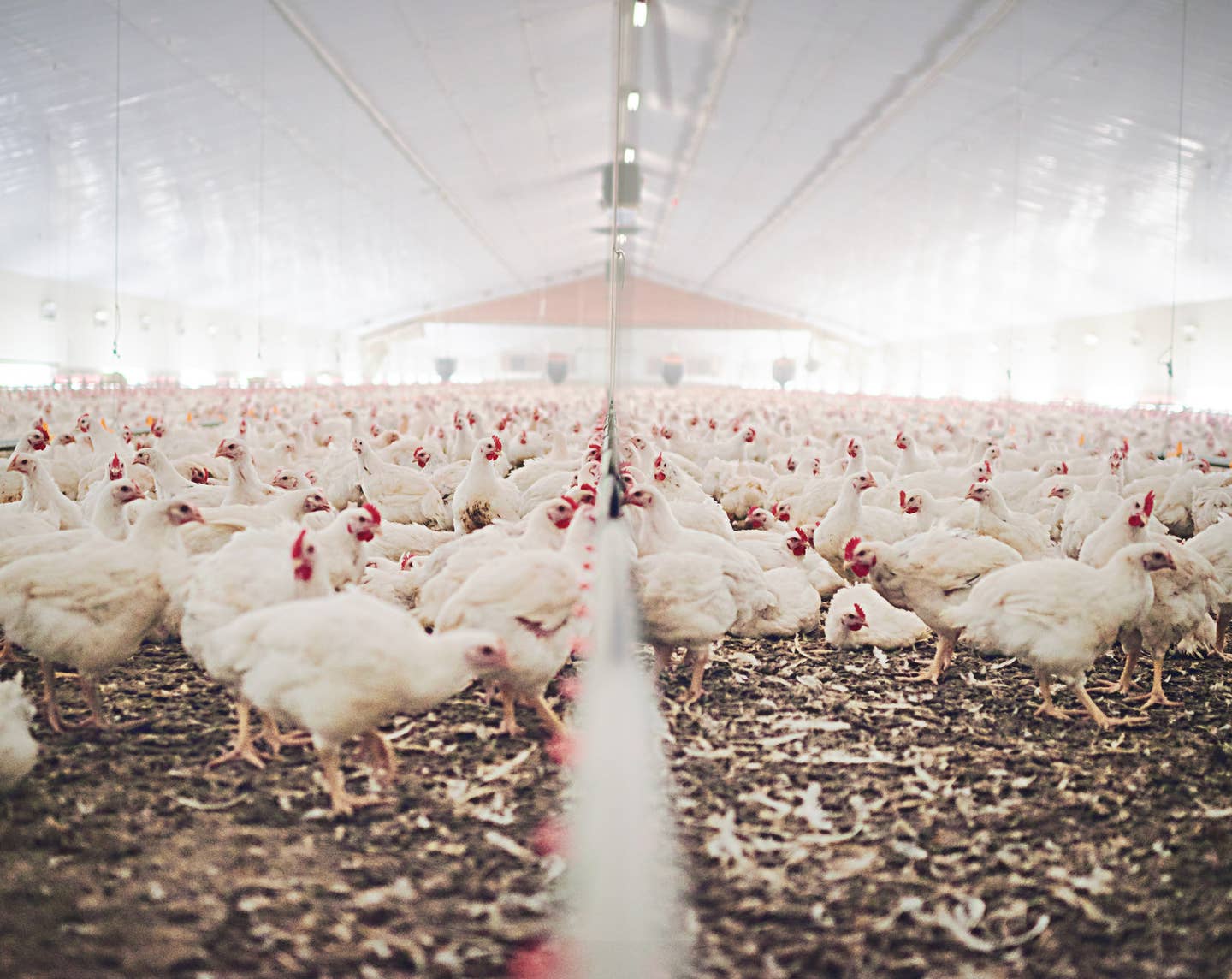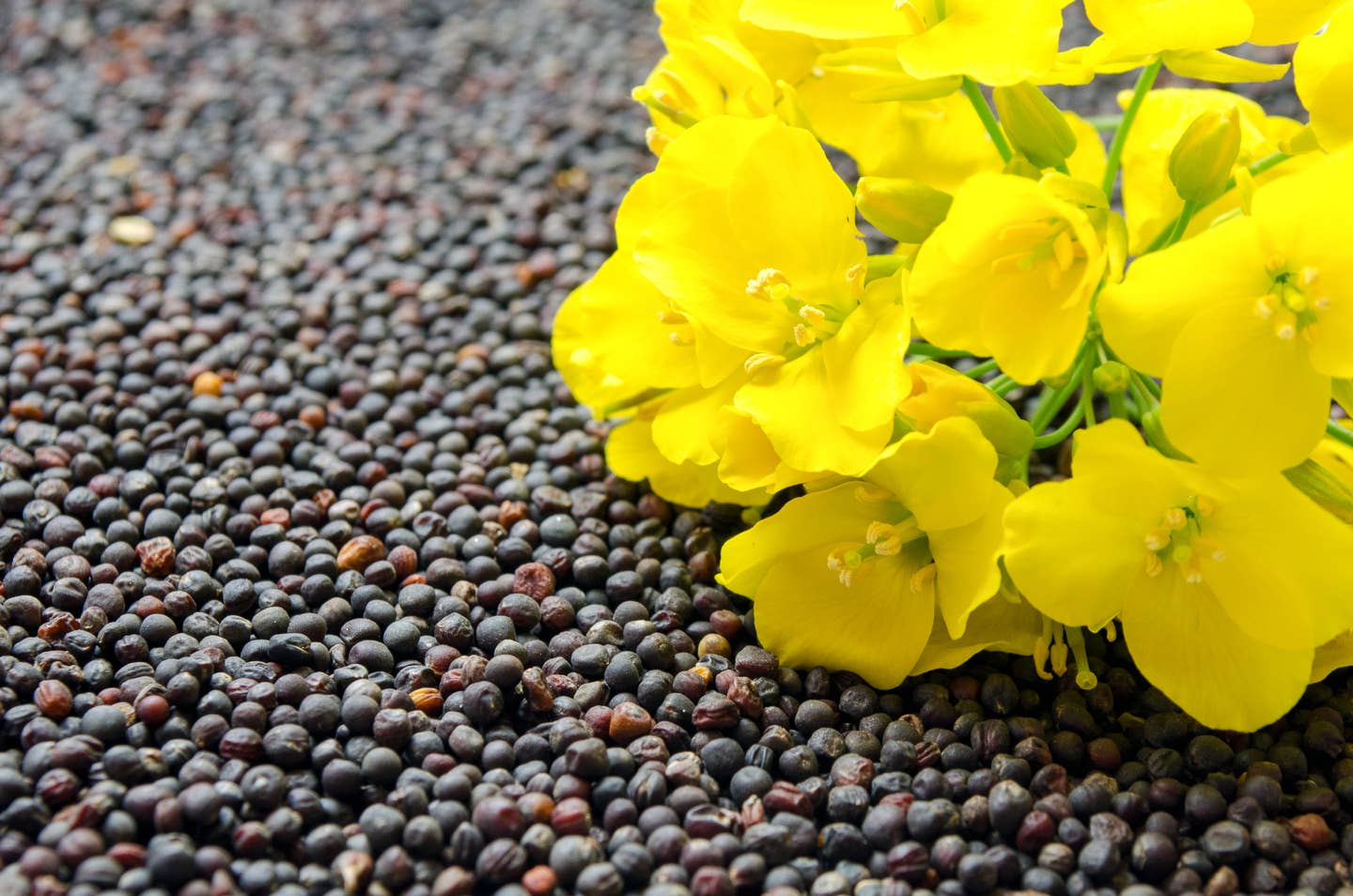
Earth Overshoot Day Has Arrived Early. What It Means for the Planet
Earth Overshoot Day is here again, the day when we as consumers have used up all the natural resources that the earth can regenerate each year, and from here on out we are "overshooting" our allotment for biological resources.
This year Earth Overshoot arrived a month earlier than in 2020, a year when the globe got a reprieve from our usual activity, as the global pandemic shut down travel, commuting (for many) and other usages of natural gas and petroleum products. Last year, 2020's Overshoot Day fell on August 22nd.
Earth Overshoot Day is getting earlier, other than in 2020
This year, Earth Overshoot Day is nearly back to its 2018 record high of July 25th. The sobering holiday presents the world with a tangible connection to our collective global carbon footprint and the growing climate impact humans have on the planet. With resources depleting faster, the pause for COVID-19 was a temporary reprieve rather than a sustainable trend.
"With almost half a year remaining, we will already have used up our quota of the Earth's biological resources for 2021," Leader Susan Aitken of Glasgow City Council, where world leaders will gather later this year for the COP26 climate summit in November, said. "If we need reminding that we're in the grip of a climate and ecological emergency, Earth Overshoot Day is it."
What can we do about lowering our carbon footprint?
One way to benefit the planet is by adopting a mostly plant-based diet since factory farming is a known contributor to greenhouse gases, and the raising of palm crops and cattle are responsible for the burning and cutting of large swathes of the Amazon. The other things we can do involve choosing to work from home as we did during the height of the pandemic.
“Rather than recognize this as a reset moment, governments have been eager to get back to business-as-usual. Global emissions are already creeping back up to pre-pandemic levels," the population and sustainability director at the Center for Biological Diversity (CBD) Stephanie Feldstein said.
The Global Footprint Network (GFN)–the company responsible for setting the date–initiated a campaign to lower the consumptions levels worldwide called #MovetheDate. The initiative hopes to teach people and encourage countries to adopt practices that will shift Earth Overshoot Day closer to December 31.
The GFN highlights how food systems and consumption act as an integral factor of resource depletion. The GFN claims that half of the biocapacity is expended to feed humans. The issue here is that nearly 30 to 40 percent of this food ends up as waste due to inefficiencies in production or careless waste from households.
“If we moved Earth Overshoot Day out six days every year continuously, we'd be down to less than one planet before 2050,” CEO and founder of the GFN Mathis Wackernagel said to ABC News. “But given the huge climate debt, we may have to move faster.”
The GFN also advocates that people should lower their meat consumption to shift away from traditional animal agriculture. By promoting and adopting plant-based diets, people worldwide could help reduce animal agriculture emissions by 70 percent by 2050.
"While we need to transition away from industrial agriculture as a whole, we can't solve this problem by simply tweaking how food is produced — we must change what is produced," Feldstein said, "Governments can accelerate this change by supporting plant-centered diets and agriculture and ending subsidies for cheap meat and dairy."
If you would like to read more ways that you can help lower your carbon footprint through food and consumer choices, check out the Environmental News articles at The Beet.
The Top 10 Plant-Based Sources of Calcium
1. Pinto Beans
Pinto beans have 78.7 milligrams in one cup so add these to any salad, dip or burrito.
2. Molasses
Molasses has 82 milligrams in 2 tablespoons. Use it in baking instead of sugar. Look for Blackstrap molasses, and keep in mind that these have been used in recipes for 100s of years, especially in the South. Molasses is also believed to help relieve stress and anxiety.
3. Tempeh
Tempeh has 96 milligrams of calcium in 100 grams when cooked. You can make chicken substitute from it.
4. Tofu
Tofu has about 104mg in one ounce when prepared pan-fried. Throw it in your stir fry, or order it at your next Chinese meal with veggies. It's the perfect non-meat protein. (Note look for the calcium quotient on the Nutrition Facts on the label.)
5. Bok Choy
Bok choy has 158 milligrams of calcium in one cup. Add it to your soup, stir fry or salad.
6. Soybeans
Soybeans have 175 milligrams of calcium per cup. Sprinkle them on a salad.
7. Kale
Kale has 177 milligrams in one cup. The heroic green makes a great salad, goes in smoothies and delivers a healthy dose of fiber as well.
8. Turnip Greens
Turnip greens have 197 milligrams in one cup. Add them to your favorite soup or smoothie.
10. Collard Greens
Collard greens have 268 milligrams of calcium in one cup. Substitute it for string beans.
10. Milk Alternatives
Alternate milks like almond, soy or rice milk have 300-500 milligrams of calcium in 8 ounces so use any of these on your cereal or in your morning smoothie.
More From The Beet






